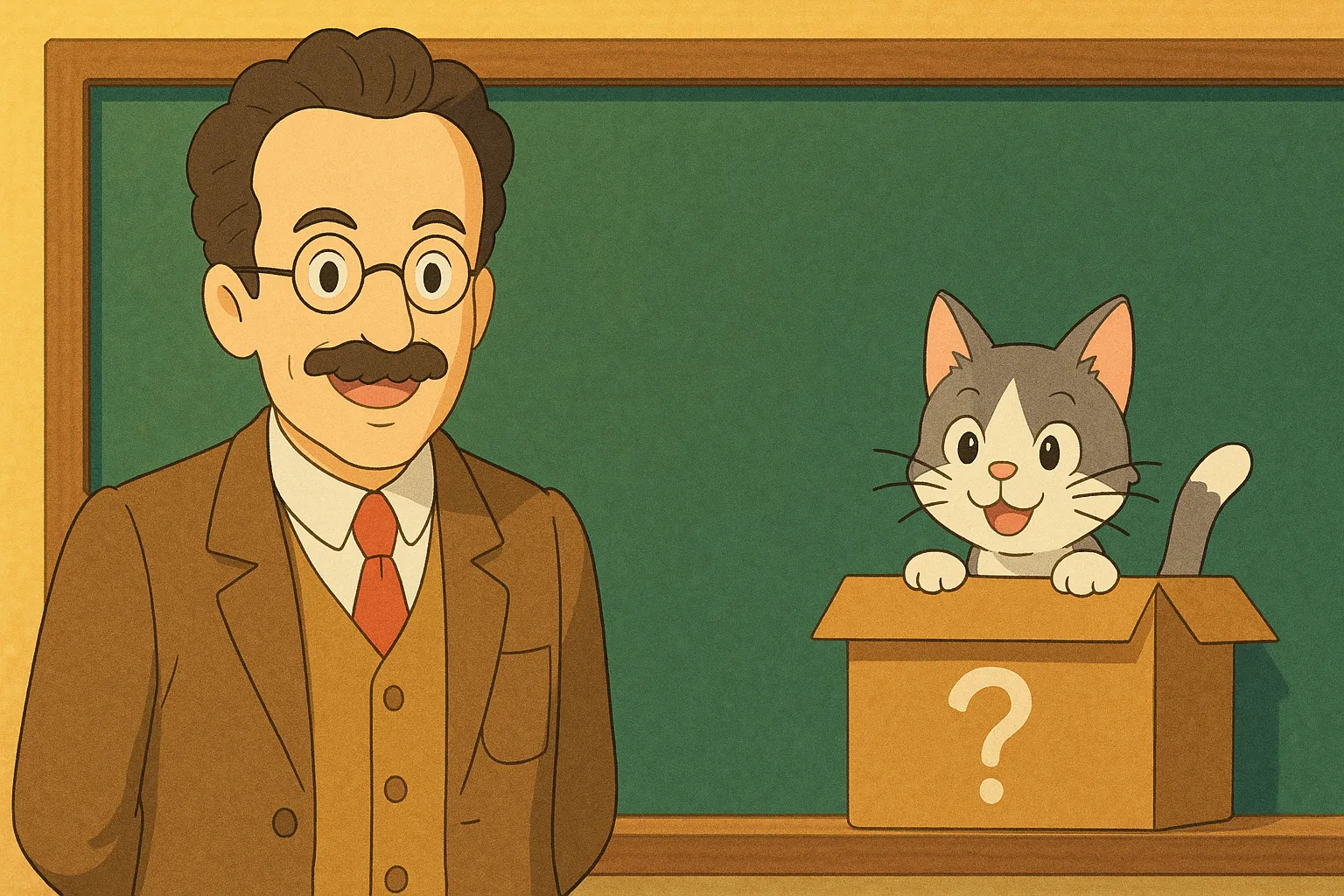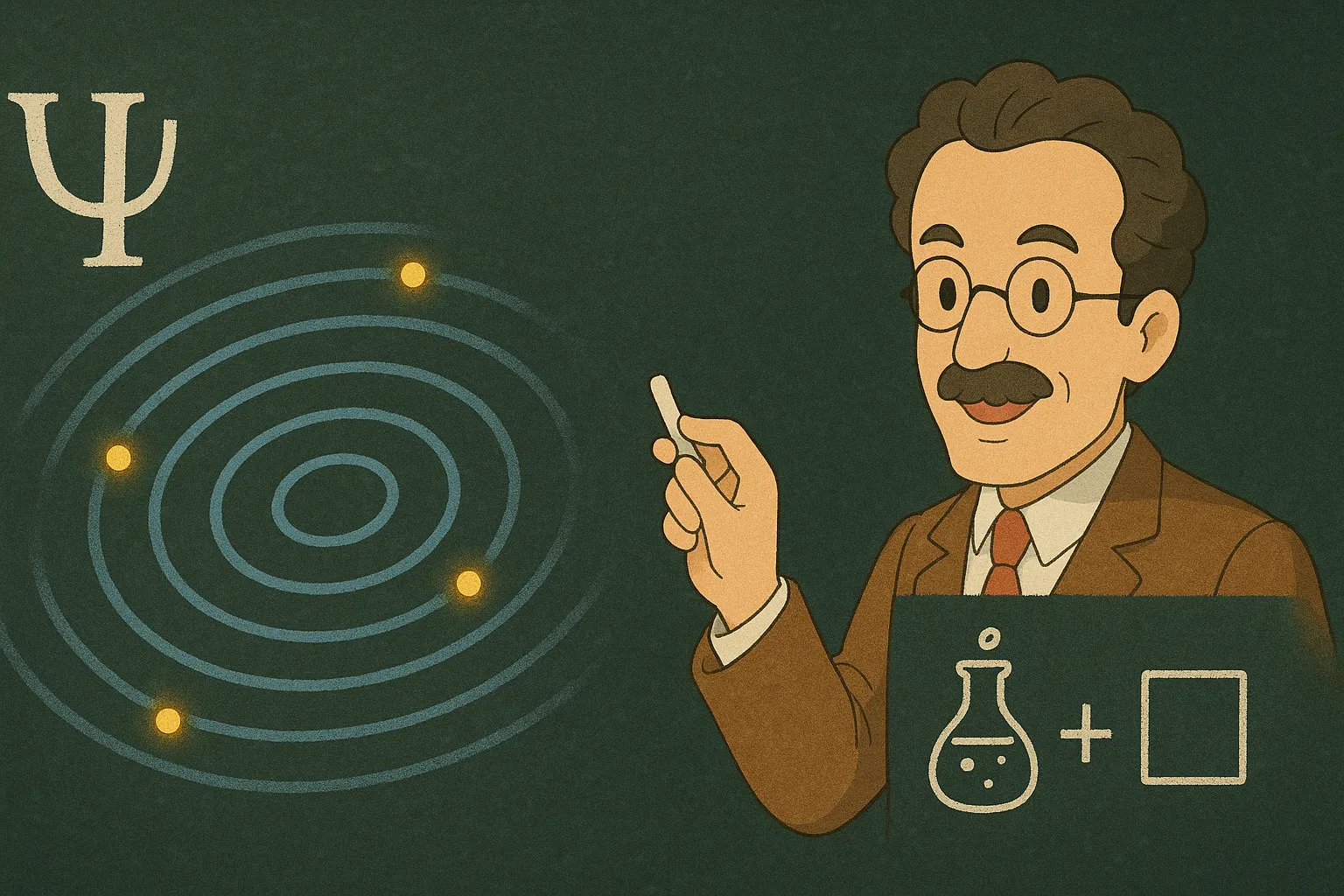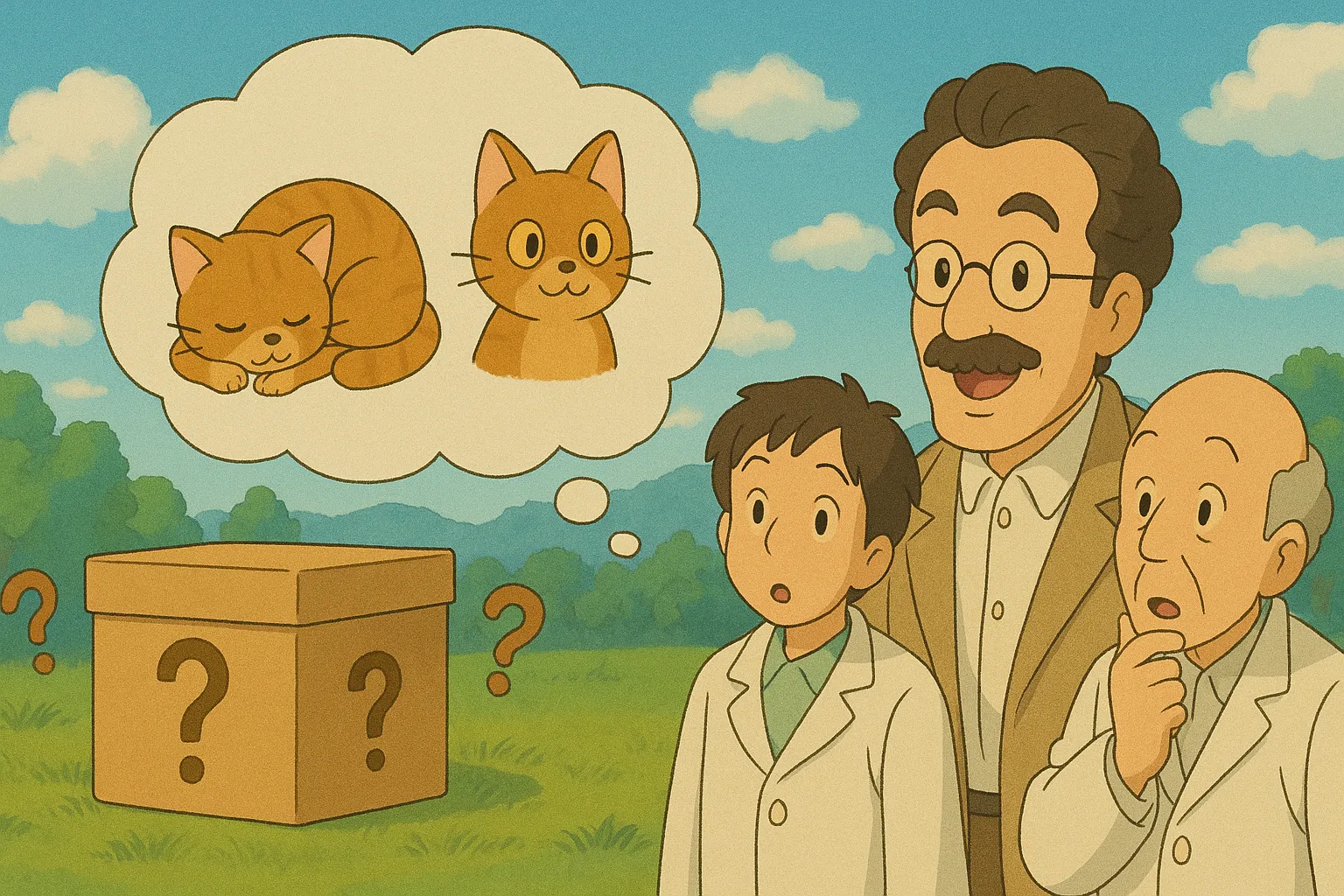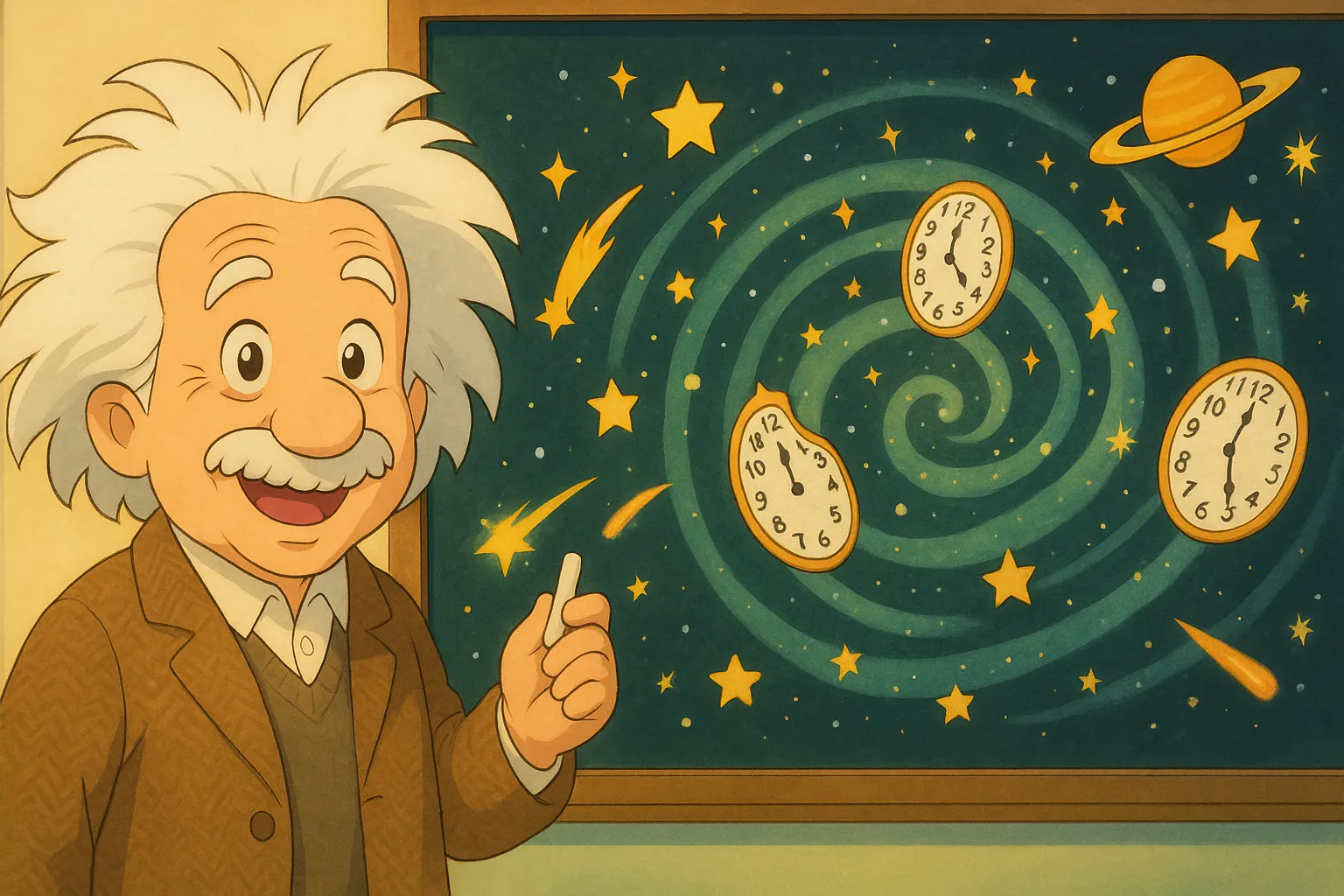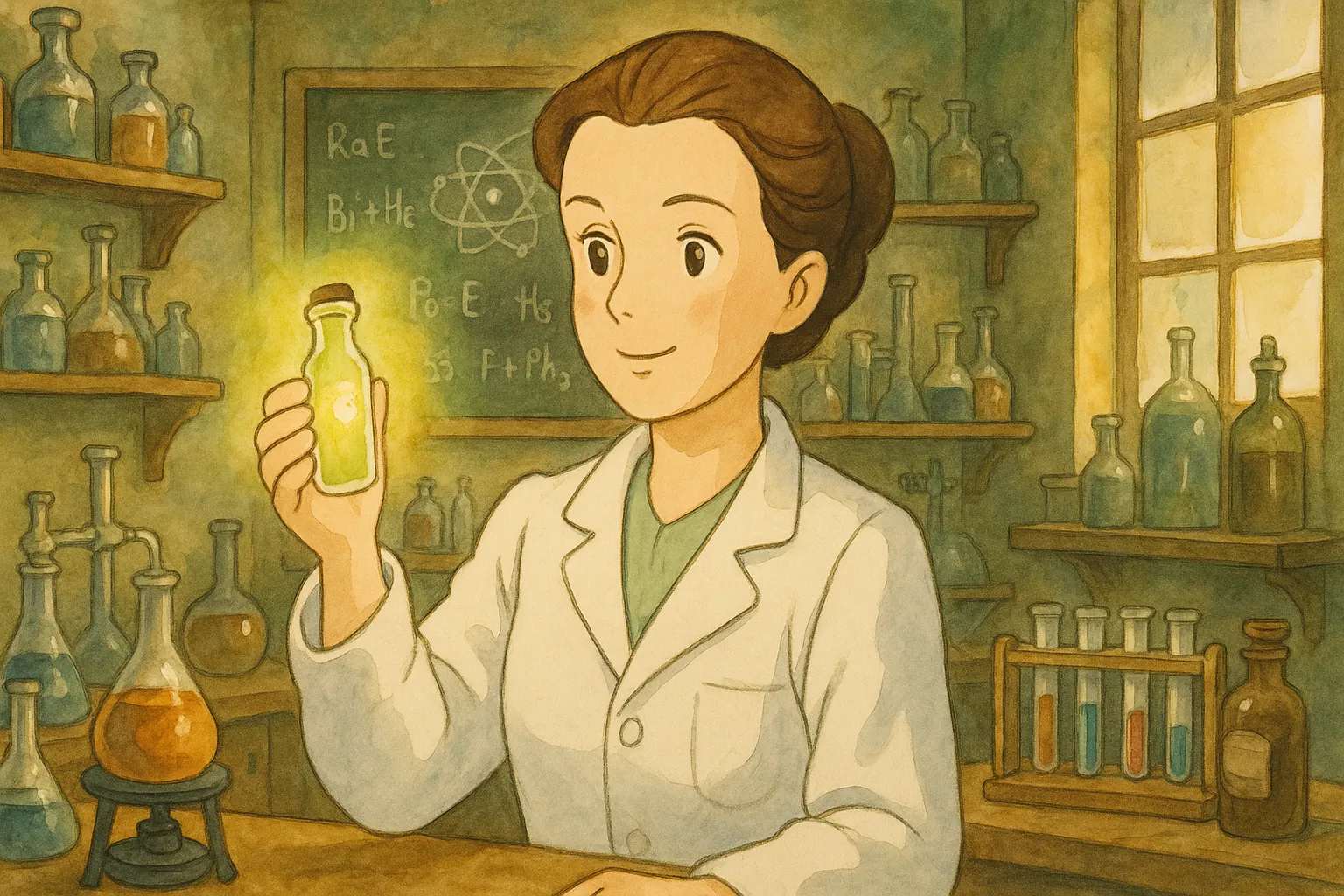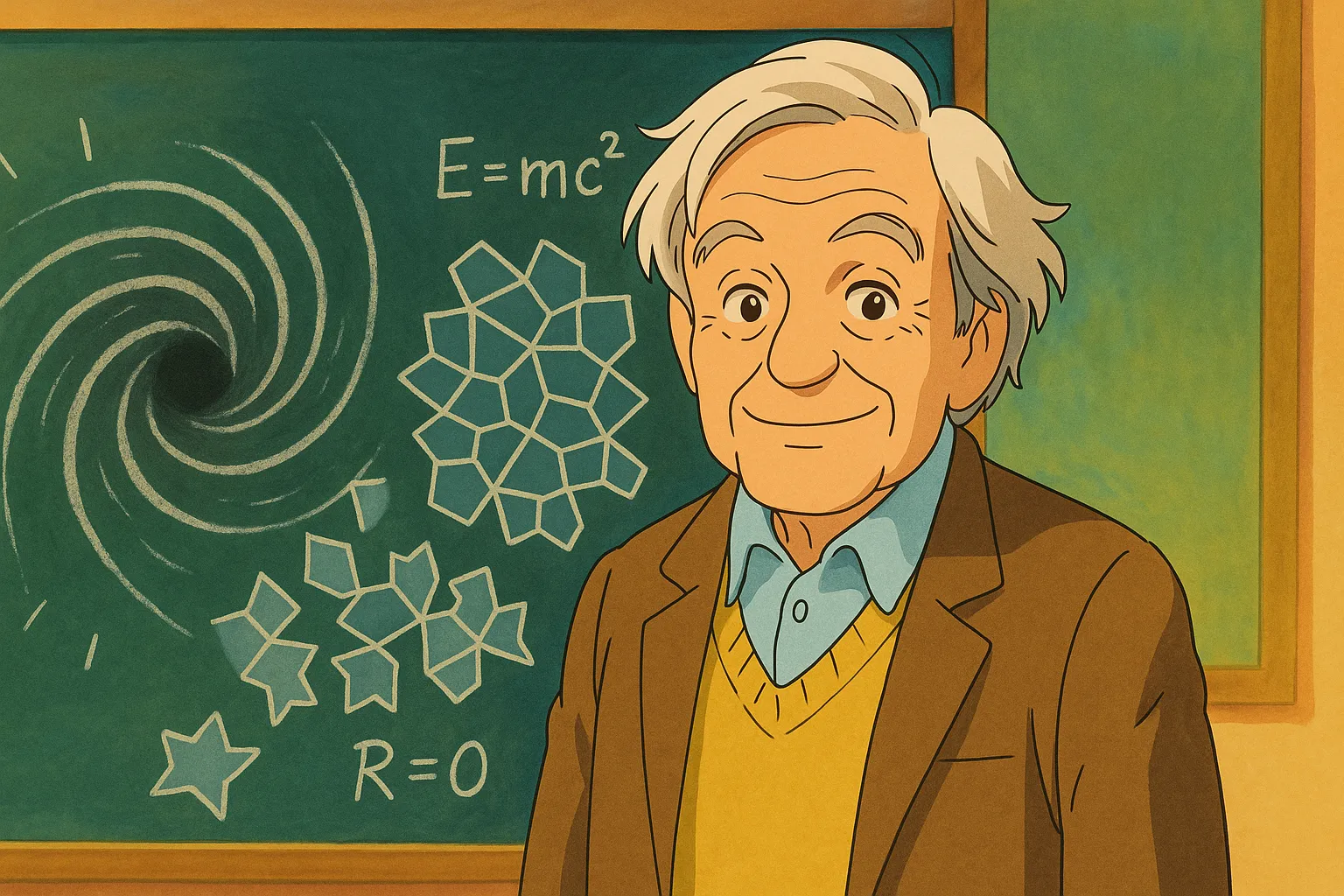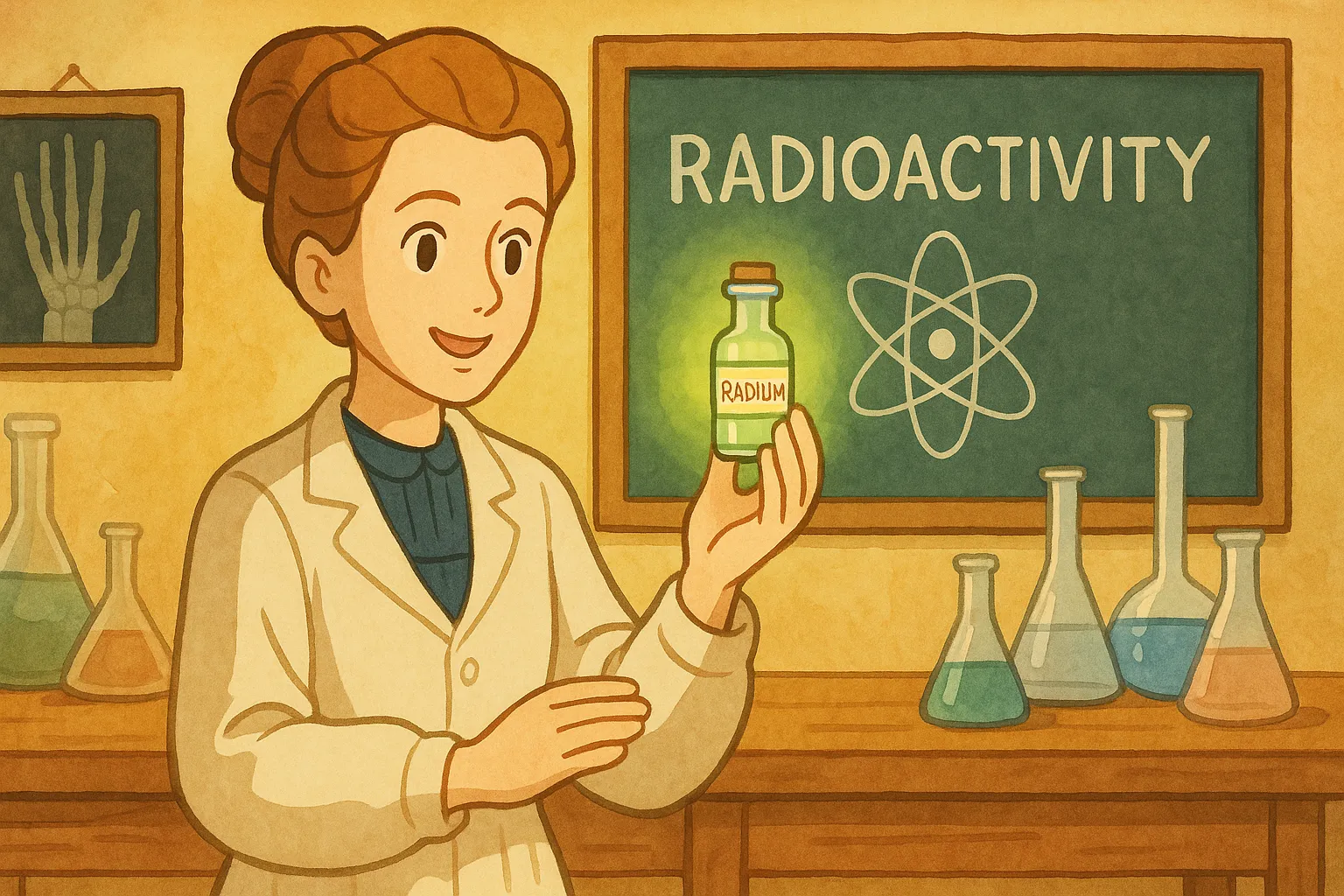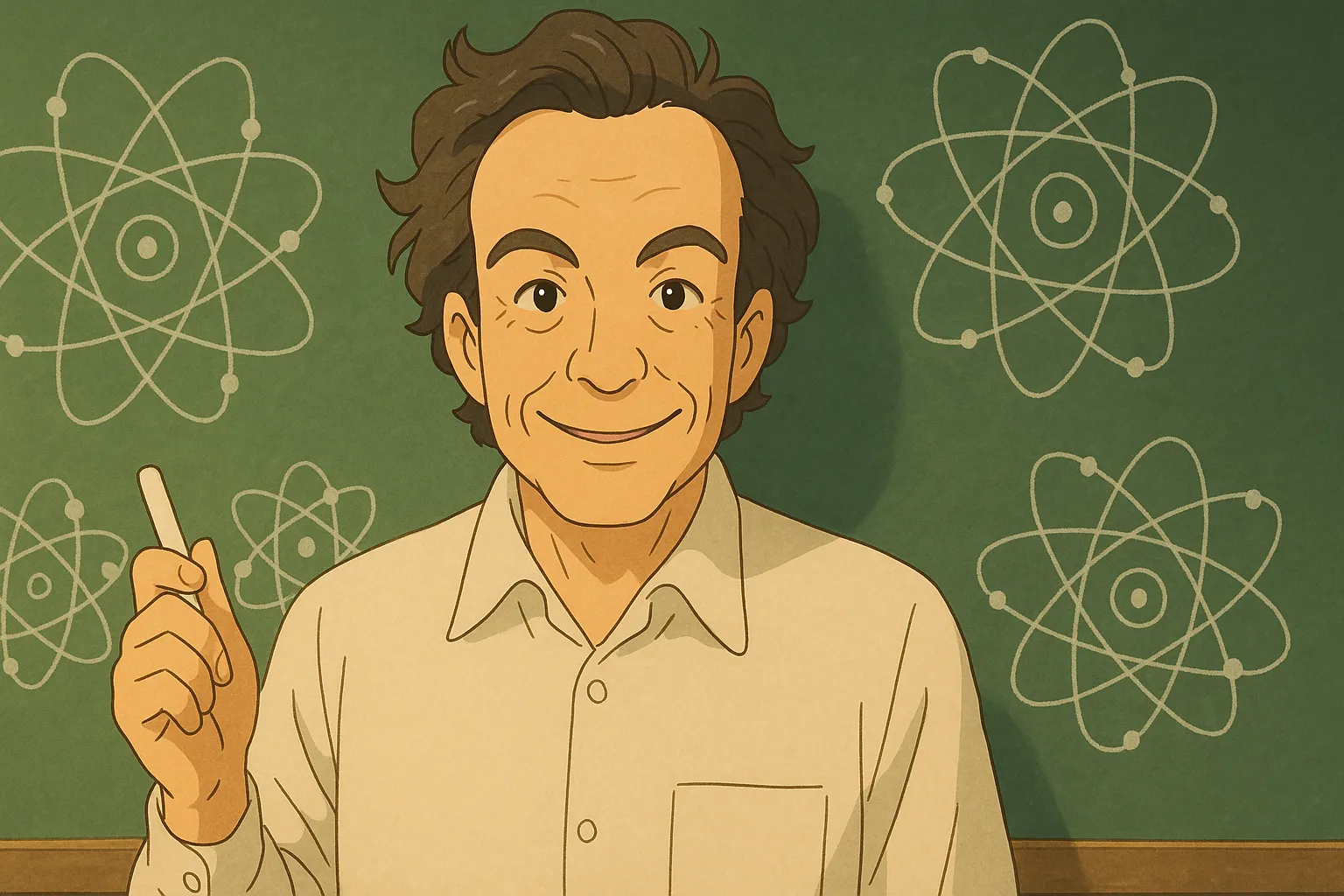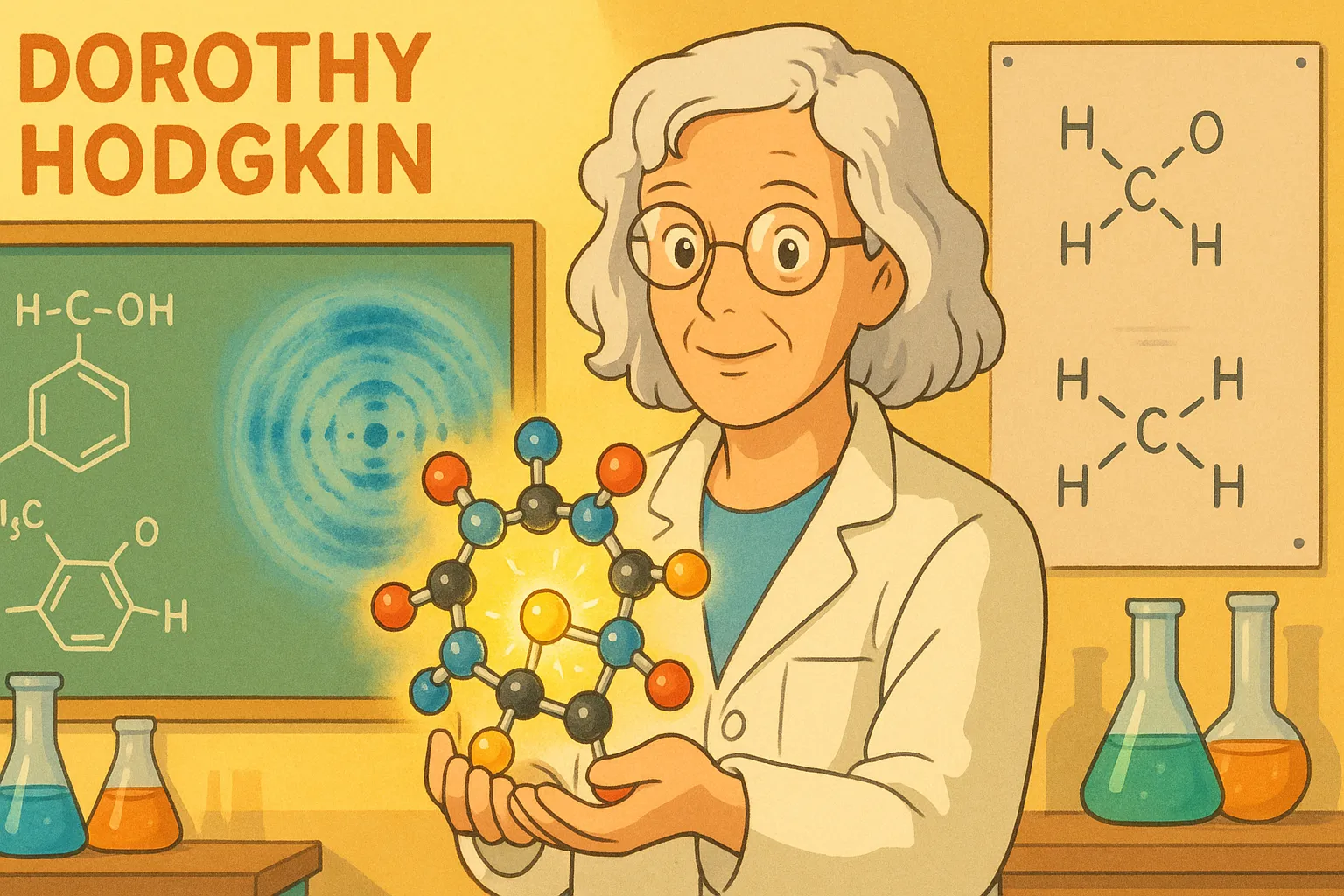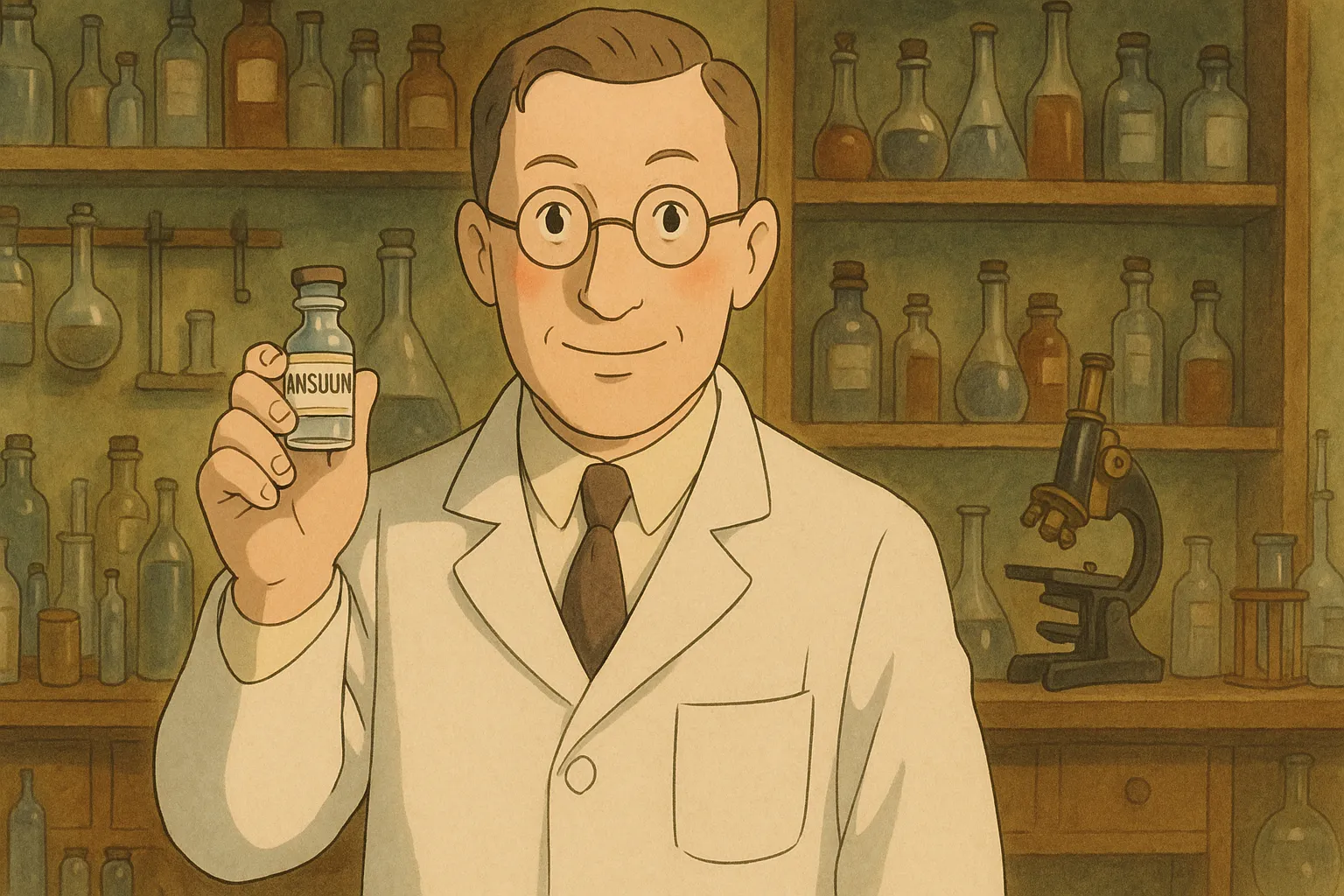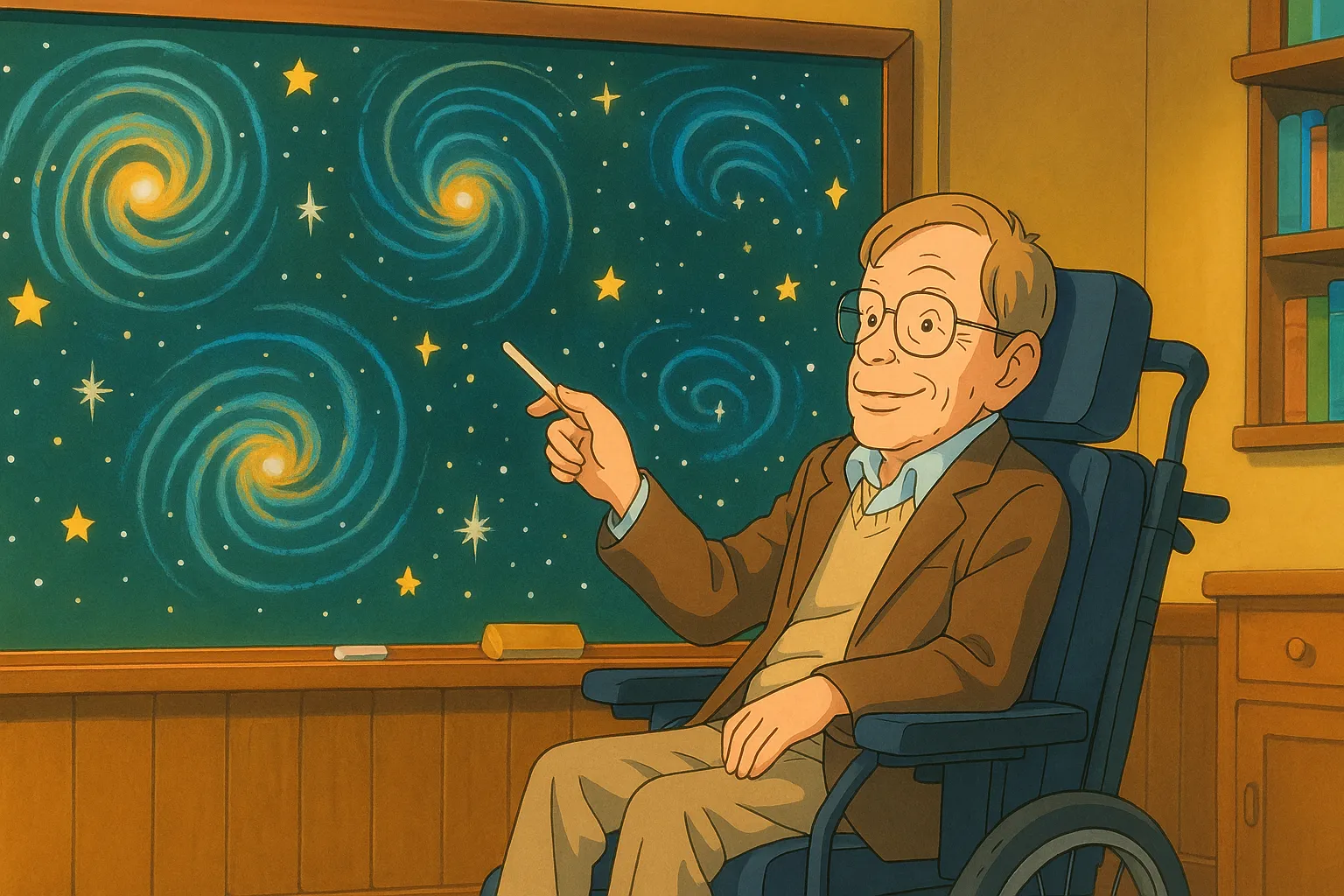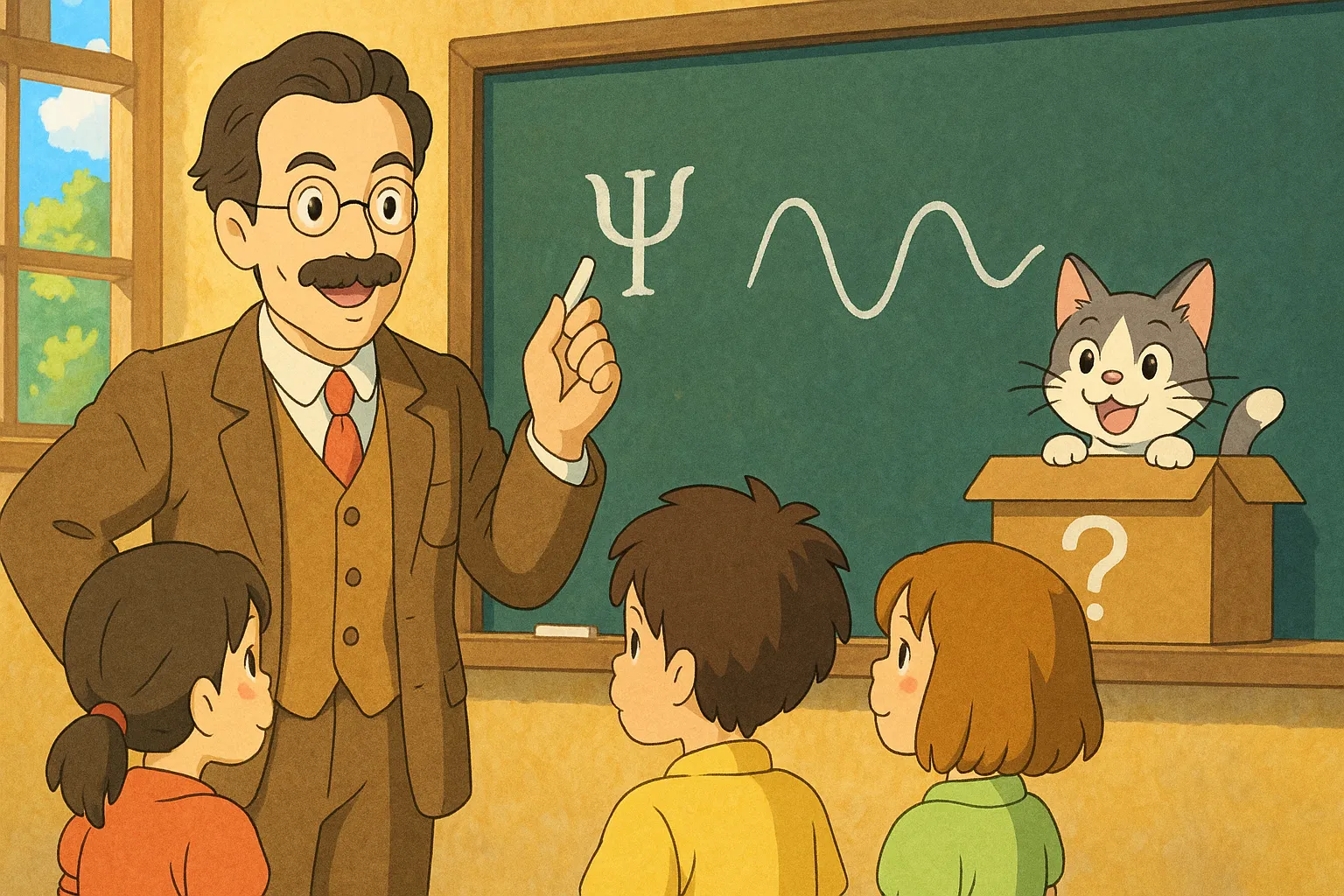
Questions fréquemment posées
Where was Erwin Schrödinger born?
He was born in Vienna, Austria, in 1887 and died in 1961. He worked at universities in several countries during his career.
Did Schrödinger write any books for non-scientists?
Yes. In 1944 he wrote 'What Is Life?', a popular book that explained ideas about genes and life in clear language and inspired later biologists.
Was Schrödinger an experimental scientist?
No — he was mainly a theoretical physicist who used mathematics and ideas to explain nature. Experimental scientists test these ideas in labs; his theories guided many such experiments.
